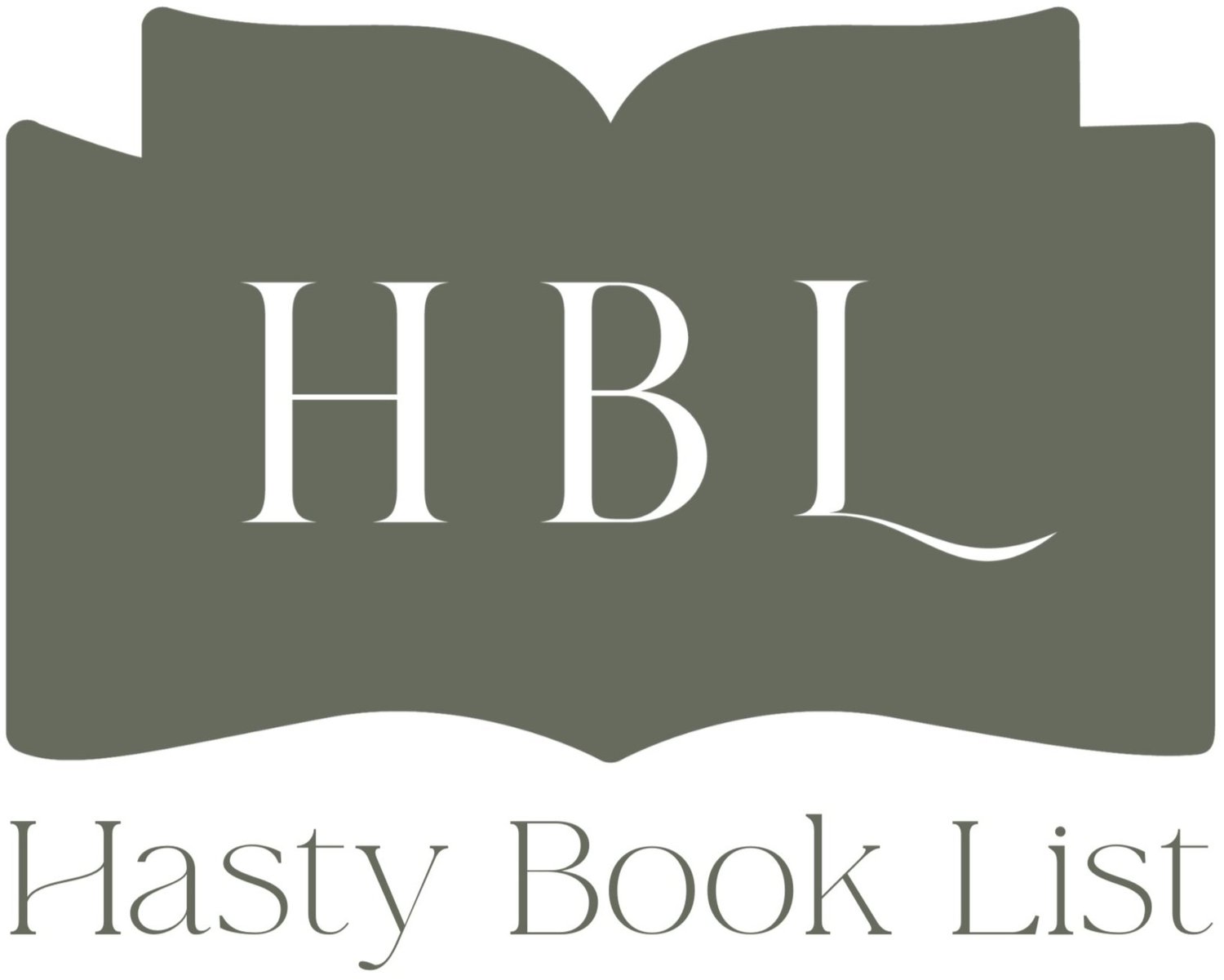How to Write an Essay on a Book: A Step-by-Step Guide for Students
How to Write an Essay on a Book: A Step-by-Step Guide for Students
It may seem like the most straightforward task out there — first, read a book, then write about it. For any student, it should not be just any piece of cake, but a tasty one, as it looks like a good break from other, way more daunting, academic tasks they need to cover (mainly at the same time).
Then why do so many book reports and book reviews fail to get good grades? We believe it is exactly for the same reason — the task seems too simple to deal with, and students don't provide enough effort, or don’t start working on it early enough, and are left to scramble in the end.
Today, we will discuss how to write an essay on a book without overexerting yourself and producing a result that is both visually appealing, content-rich, and well-formatted.
A Realistic Guide to Writing an Essay on a Book
There is definitely a book report writing guide in your lecture materials or a textbook. And, to be honest, we won’t be able to offer you something fundamentally different from what is already written there. To get a good result, you still need to jump through some rather standard hoops. However, our goal is to show you how to do it faster, more efficiently, how to apply modern tools without getting in trouble, and beyond.
Make sure you understand a task in front of you
No, we are not kidding. We are not kidding at all. “Write an essay on a book” may mean a variety of tasks and angles.
Have you read similar books recently in your class? Then you may need to compare and contrast.
Have you learnt in detail about the author? Then you may need to show how their personality is reflected in a book.
Are you in a history class studying this novel? Then you probably need to connect the book to its historical period, social movements, or cultural context.
Are you in a psychology course? Then you might analyze character motivations, mental health themes, or psychological theories reflected in the story.
Can you choose any book from a reading list? Then you need to pick strategically based on what you can analyze most effectively.
Are you supposed to select your own book entirely? Then your choice itself becomes part of what you're being evaluated on.
The bottom line: always ask "What specifically do they want me to focus on?" before you start writing.
Read and Take Notes on the Book
When you find something interesting, write it down immediately. Do not think "I will remember this later." You will not remember. Trust us on this.
What should you write down?
Important quotes that made you think or feel something strong.
Characters that surprised you or changed during the story. Note what they did and why it mattered.
Parts where you got confused or disagreed with the author.
Do not try to make perfect notes. Quick words and phrases work fine. The goal is to capture your thoughts, not write beautifully.
And yes, you can also use summaries if you're extremely short on time. But it is better to look for more efficient shortcuts then.
Using AI to write an essay on a book
If talking about shortcuts, let’s talk about the obvious one everyone is covering now — AI tools for writing essays. There are two ways you can actually use those without getting in trouble and receiving a quality result you can use without second thoughts.
First, you can use tools like NotebookLM from Google and Perplexity to get more advanced summaries that are much better than the ones you will get just via a search engine of any kind. NotebookLM will even do a mind map, FAQ, or a podcast on a particular book and its author, if you are into such things.
Another option is to entrust your book report or book review to a quality AI essay writer for students with a proven record, such as WriteMyEssay.ai. This is like ten steps up from using a paid version of ChatGPT or any other generalized LLM. It is a whole ecosystem that is tailored to custom research for academic papers, bespoke writing with zero AI traces, and in-depth proofreading.
Get to Writing — Follow the Structure
Now you have your notes and you understand what your teacher wants. You also ensured that you had enough time, energy, and mental space to do it on your own. Great for you! And it’s time to write.
Do not start with the introduction. This is a big mistake many students make. Start with your body paragraphs first. Write about your main ideas. The introduction and conclusion come later.
For any essay on a book you write, follow this simple structure first:
Body paragraph #1. Here, you put your first main point about the book — it should be written according to the answers to the questions we have mentioned above. To write this part well, you need to know exactly what you are writing for, remember? Give examples from the story based on the notes you have made while reading the book or other research around it. Use those page numbers you wrote down if it is needed in the citation style you are using.
Body paragraph #2. Your second main point. Again, support it with examples and quotes from the book. Remember, your second point may both support or argue with the first one. It all depends on the character of the essay in the book you are writing this time.
Body paragraph #3. Your third main point. Keep the same pattern - make your point, then prove it with evidence from the book.
Pick 2-3 strong points and develop them well. This is much better than mentioning 10 different things quickly.
To achieve a quality flow of the essay you are working on, use simple transitions between paragraphs. "Another important theme is..." "The author also shows..." "In addition to this..." There are endless options — don’t repeat them throughout the paper.
Write your introduction last. After you finish the body paragraphs, you will know exactly what your essay is about. Then writing the introduction becomes easy. Keep it simple. Your ideas matter more than fancy words.
A conclusion will be the simplest part here, as you are not working on a research paper. Just summarize your main points in 2-3 sentences. Make sure not to add new ideas here — it is definitely not a place for a plot twist, no matter how interesting it may be. End with one sentence about why this book matters or what readers can learn from it.
Even if you don’t like the book you are covering, and even if you don’t have enough time for super creative takes on the plot. Following this structure will help you come up with a quality, original, and worth submitting book essay. Proofread it meticulously with all the tools you can lay your hands on — that's a golden rule for any academic writing, and it never gets old.





